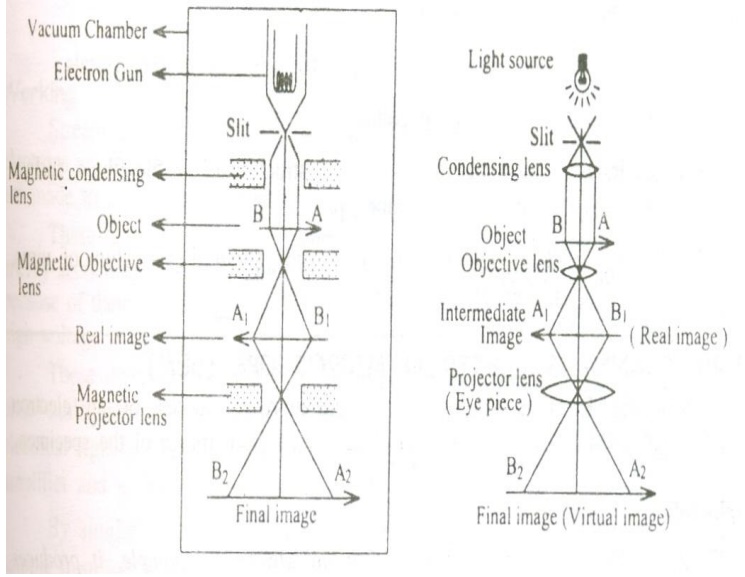


Specimen thickness – Zero-loss peak (ZLP) and total spectrum intensity.The spectrum has many prominent features and is typically separated into three regions: electrons that have not lost energy (zero-loss peak), electrons that have interacted with the weakly bound electrons in the sample (low-loss distribution), and the electrons that have interacted with the tightly bound core electrons of the atoms (the ionization edges or core-loss region). This data is used to extract a wealth of information from the sample, including:Ī typical energy loss spectrum. You can combine these methods in a technique called spectrum imaging, where spectral information is collected in a spatially resolved manner. Specimen information provided by EELS signalĮELS data typically consists of either detailed, energy loss spectral information from the sample (spectroscopy) or images that have contrast created by the energy loss properties of the distribution of material in the sample ( energy-filtered TEM).

The electrons can interact either elastically (no energy exchange) or inelastically with the sample, and it is these interactions that EELS exploits to extract information about the sample. As the name implies, the electrons must “transmit” through the sample and thus requires an electron transparent sample. These microscope types use high energy electrons (60 – 300 kV typically) to interrogate the sample. Electron energy loss spectroscopy (EELS) is the use of the energy distribution of electrons that pass through a thin sample to analyze the content of the sample and create images with unique contrast effects.ĮELS instrumentation is typically incorporated into a transmission electron microscope (TEM) or a scanning TEM (STEM).


 0 kommentar(er)
0 kommentar(er)
